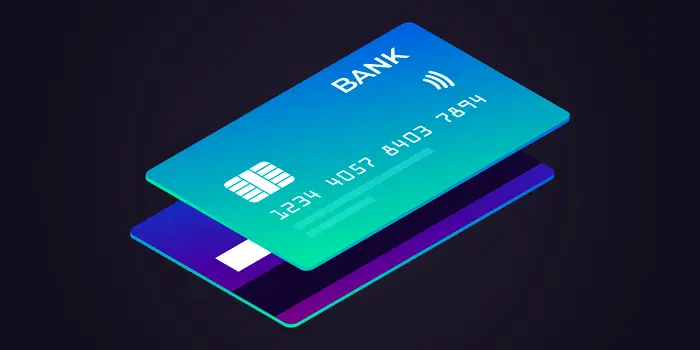With the ongoing conflict in Eastern Europe there has been a pronounced spike in ransomware and security events over the past weeks. However, the bulk of attacks in the United States are being perpetuated by opportunistic cyber criminals who are not directly involved in, but are capitalizing on, the conflict. Here's how to protect yourself in the midst of this upswing.
How to Secure Yourself Against Growing Cybersecurity Threats:
Everyday Practices to Keep Your Data and Privacy Secure
- Anti-Virus Software - Anti-virus solutions and software have evolved to protect against the many types of malicious code that exist, such as viruses, Trojans, key loggers, spyware, dialers, and other malware that seek out and hijack your sensitive information. Ensure you've implemented anti-virus software across your mobile network.
- Update Your OS - An operating system such as Windows 11 delivers responsive and personable user interfaces, extensive application compatibility, ransomware protection, threat detection, and authentication features such as Microsoft Passport and single-sign-on. Now is the time to update your OS and maximize its security capabilities.
- Update Mobile Device Systems - Think about the systems you use everyday and take some time to update them. Cyber criminals take advantage of older exploits and vulnerabilities to gain access to your sensitive content.
- Use Multi-Factor Authentication - MFA protects your data by requiring a second form of identity validation. This may take the form of a code, biometric scan, or phone call. Set up MFA on every account that connects to your personal and professional information.
- Patch Systems - Patching is one of the most effective preventative measures you can take against cyber criminals. Set up automatic patching on your home devices, including all phones, tablets, laptops, and desktop computers. Patch monthly, or more often if needed.
- Use a Firewall - Firewalls provide a first line of defense for your home network against known and new dangers. Many also provide a more centralized approach to security management, reduce the costs associated with multi-system installation and maintenance, and provide deep visibility and superior protection. Ensure that your home firewall is installed and working. Virtual Private Networks (VPNs) also provide a fast, secure, reliable way to connect to your company's networks and applications from anywhere in the world and from any device.
- Watch for Email Fraud - Be wary of e-mails that are trying to capitalize on the conflict or solicit humanitarian donations. Do not respond to emails that come in with links, even if they look legitimate. Many cyber criminals are impersonating brands and setting up malicious websites that will scrape your personal and financial information. If you are looking to make a donation, you should personally validate the organization and send donations directly through their site.
- Be Aware of Brand Spoofing - This occurs when a person or program impersonates a brand in order to corrupt a system and gain an advantage. These attacks are very common and there are typically small details - such as a misspelling - that will indicate that the message/application is false.
- Avoid Malicious Applications - The same level of caution should also be applied to application and software downloads. Both the Google and Apple application stores contain malicious apps. Many developers create fake apps to harvest data or solicit donations. Much like brand spoofing, these downloads pose a serious risk to both your information privacy and mobile devices.
- Back Up Your Data - Whether your content is stored on the desktop or the cloud, it's important to routinely back it up. Data backups significantly reduce the impact of security events, system outages, user error, and damaged devices.
For more information about securing your digital footprint, reach out to iCorps for a free IT security consultation.





